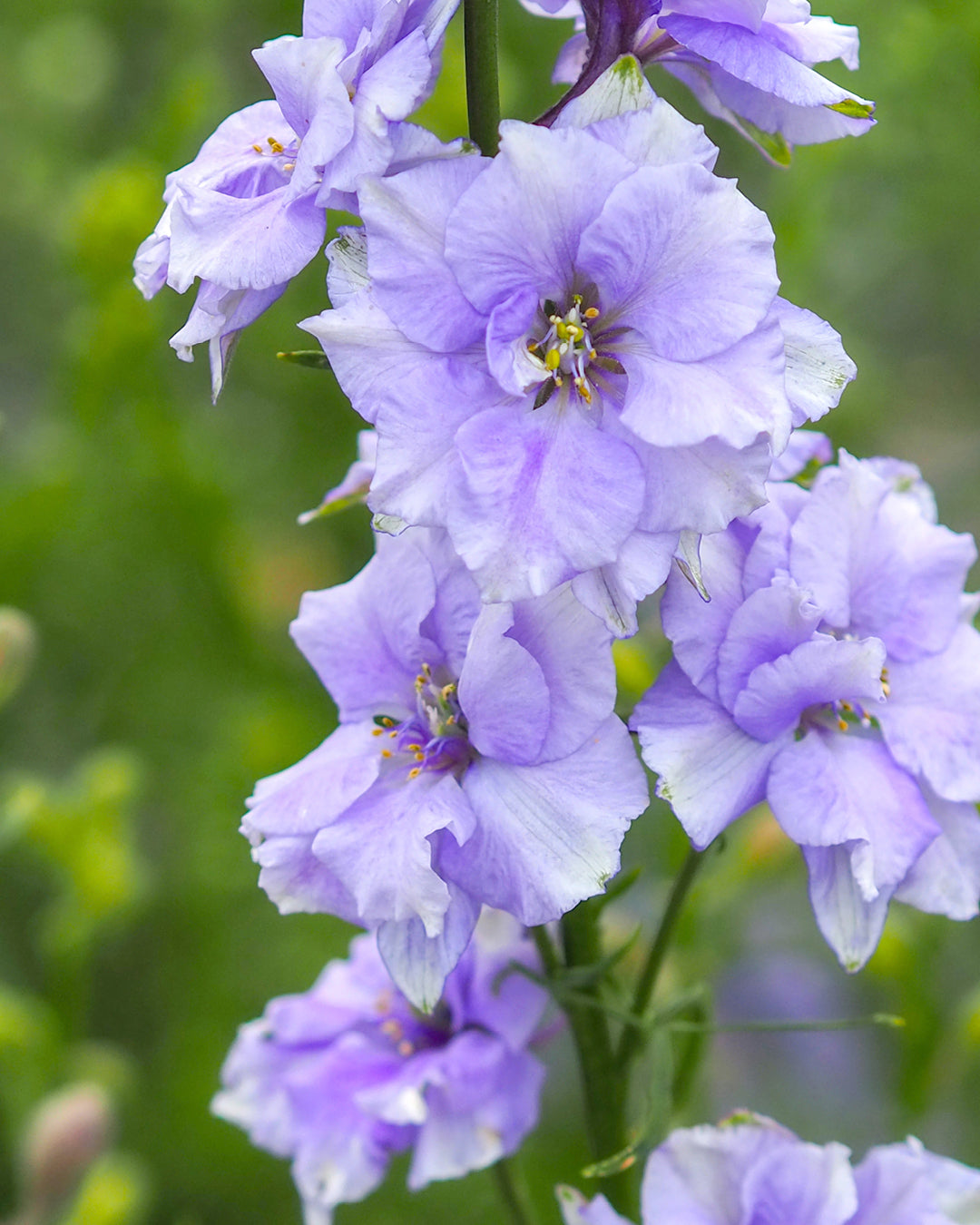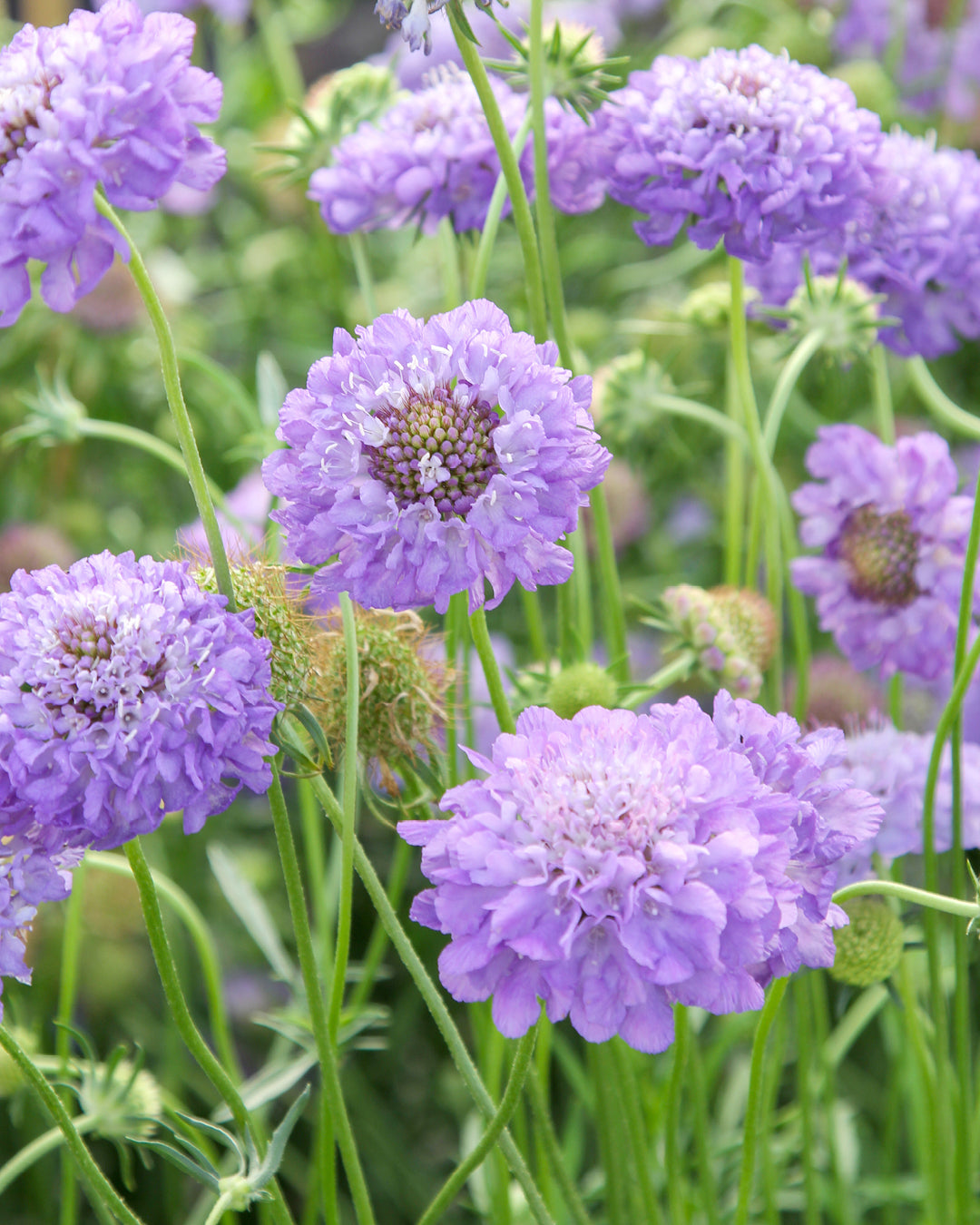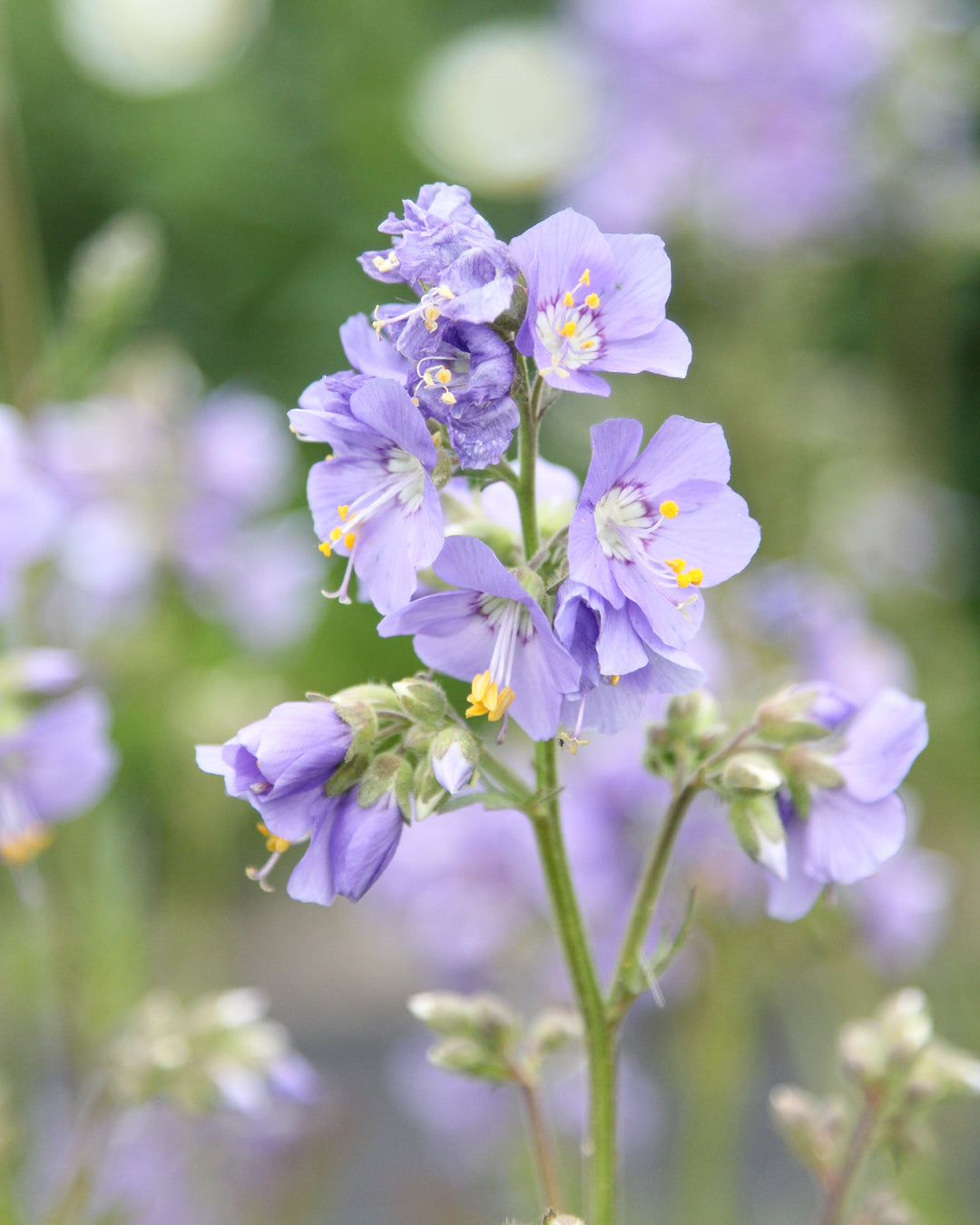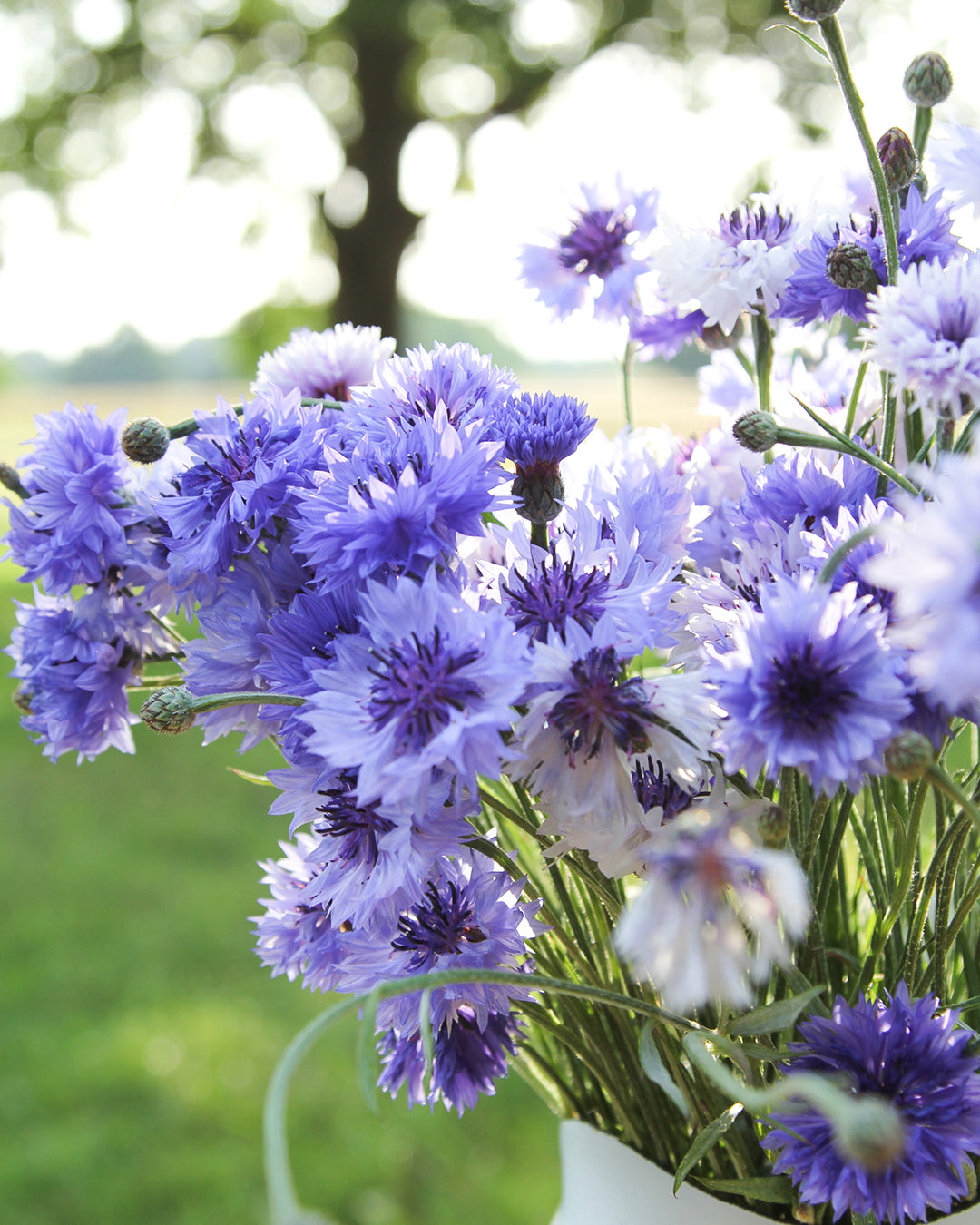grape hyacinths
In spring, grape hyacinths (Muscari) are true floral treasures for the home and garden. These small bulbous flowers are very easy to care for and wonderfully decorative.
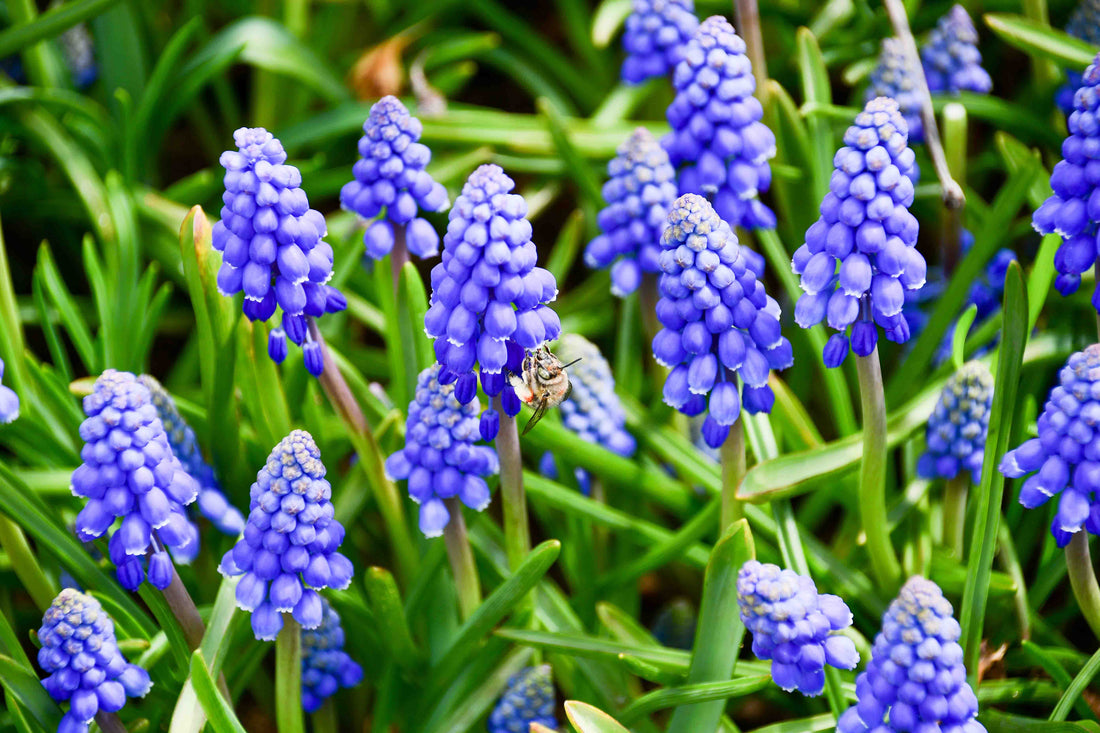
Jewels in the garden
grape hyacinths (Muscari) push cheekily out of the ground in spring with their dense flower clusters and bloom between March and May, sometimes even until June. This blue beauty forms delicately scented clusters of many small individual flowers, which grow about 15 to 20 centimeters high and are a paradise for bumblebees, bees and many other insects. The upper flowers are usually still closed and almost spherical. Grape hyacinths are a genus of plants in the asparagus family and originate from Asia Minor and southeastern Europe. The genus name is derived from the Latin word "muscus" (German: musk).
Pearl hyacinths, also known as grape hyacinths or mountain hyacinths, are robust perennial plants that delight with a stunning variety of colors. They come not only in various shades of blue, from light blue to dark purple, but also in bright white or even pink. Some varieties even come in two colors, such as the 'Superstar' with a white-ringed flower edge, or the 'Mount Hood', whose dark blue flowers are crowned by a cap of snow-white buds.
Location, maintenance & design
In warm, bright locations with relatively dry, permeable soil, grape hyacinths grow and naturalize easily, thriving to form beautiful carpets of flowers. These undemanding flowers also thrive in partial shade, for example, at the edges of woodlands. Plant them in small or large clumps in the fall. If the location suits you, they will reproduce by self-seeding and daughter bulbs. If you want grape hyacinths to reproduce by seed, do not remove the flowers. In the summer, they develop into three-part capsules containing black seeds. However, if the faded flowers are regularly removed, new buds can continue to emerge. From around mid-June, the foliage dies back over the summer. Leave the yellowing foliage, even if it is not particularly attractive, as the bulb draws its strength from it. The narrow foliage will then sprout again in the fall.
They combine beautifully with taller bulbous flowers like daffodils or tulips. Partners at eye level, such as wood anemones or bellis, are also excellent. They look particularly attractive as borders for beds or paths, or in a variety of planters. The small flowers are also ideal for cutting.
TEXT: Victoria Wegner

